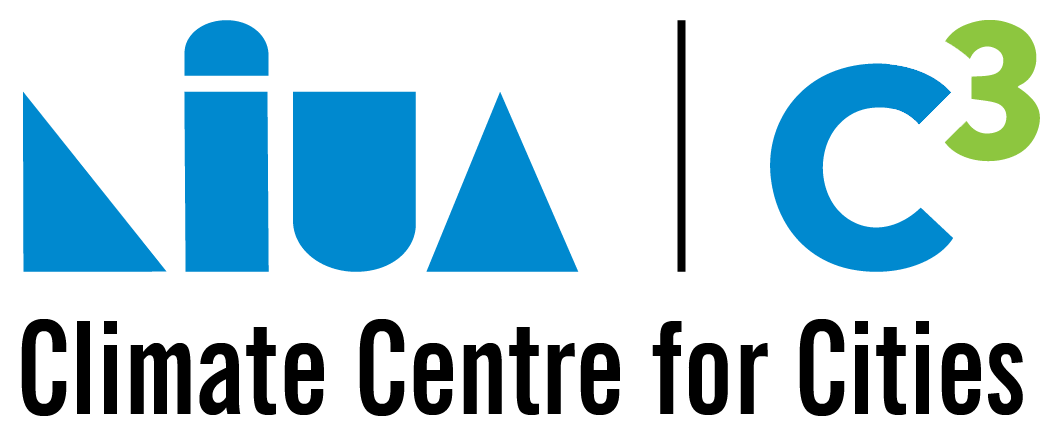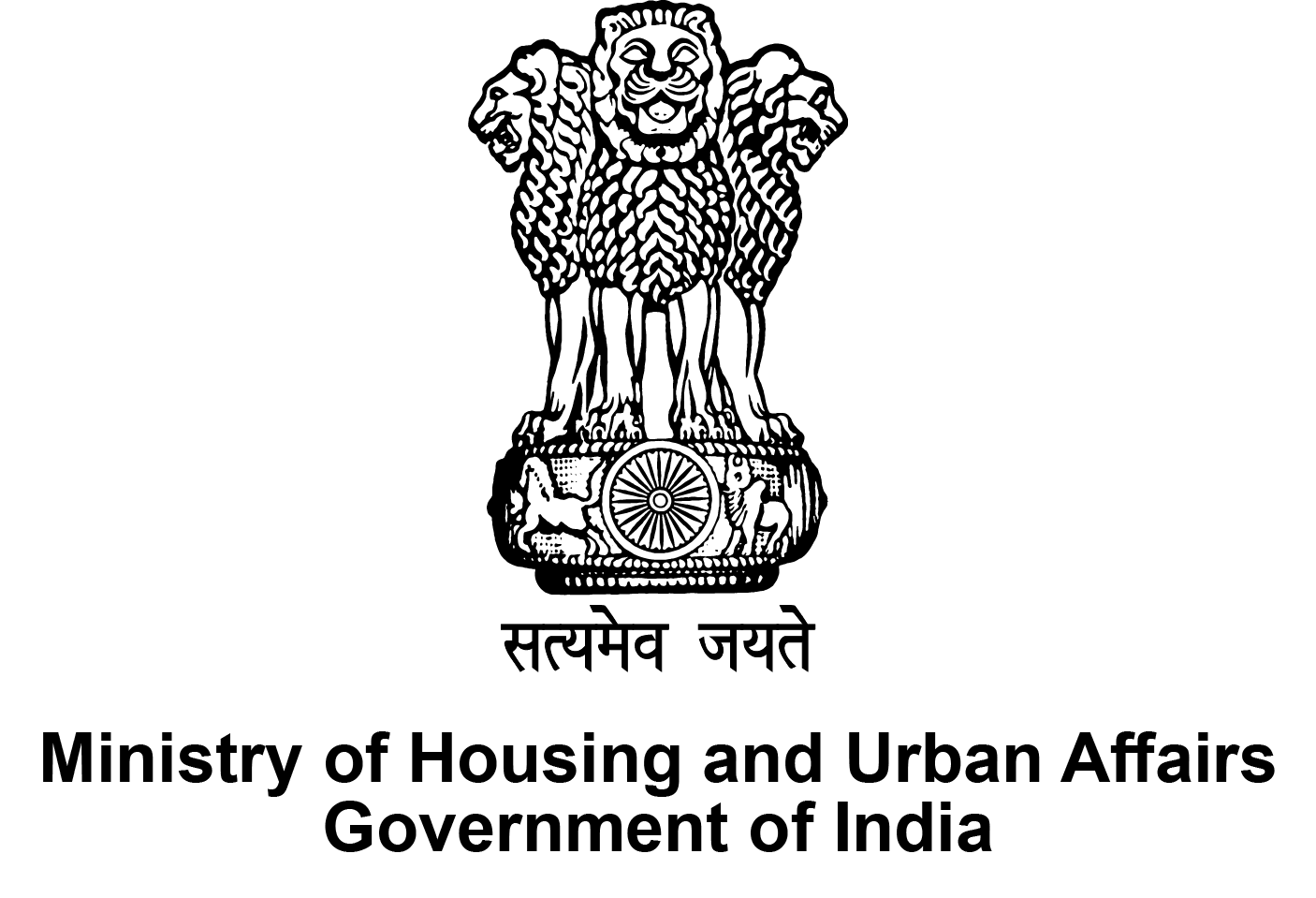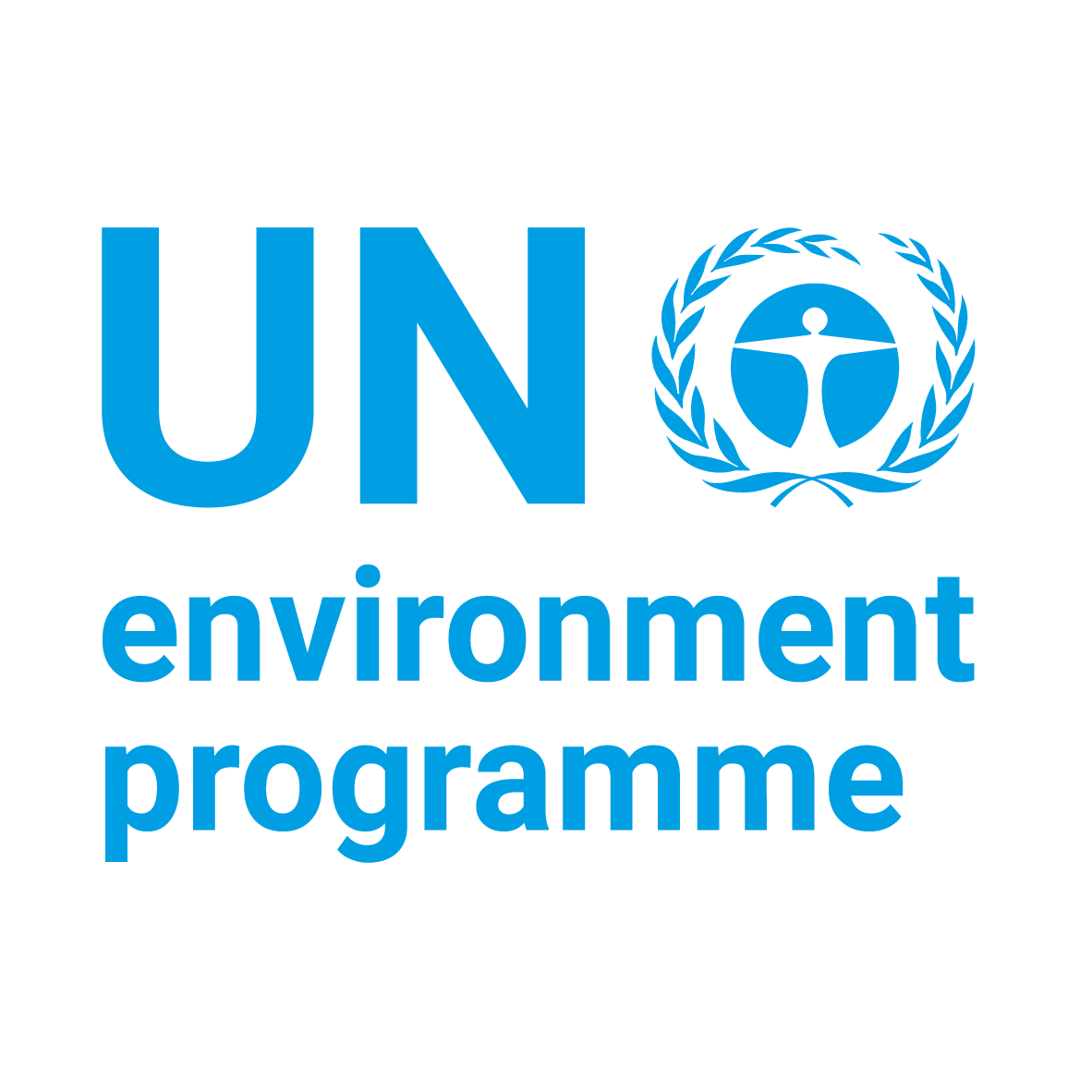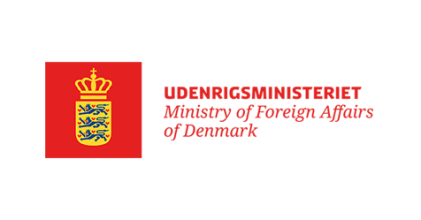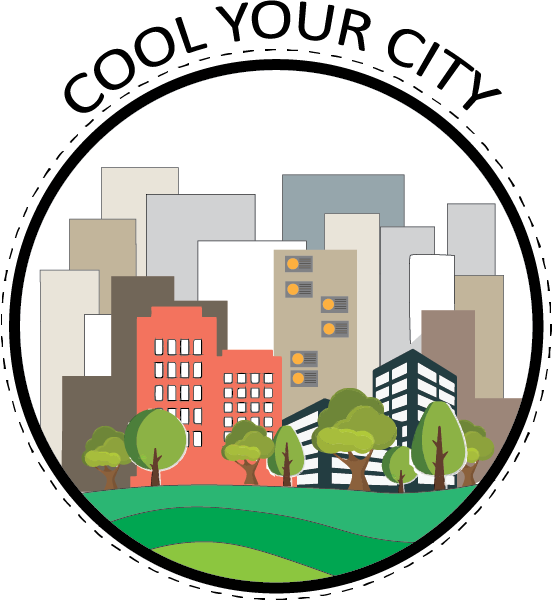Cool Your City
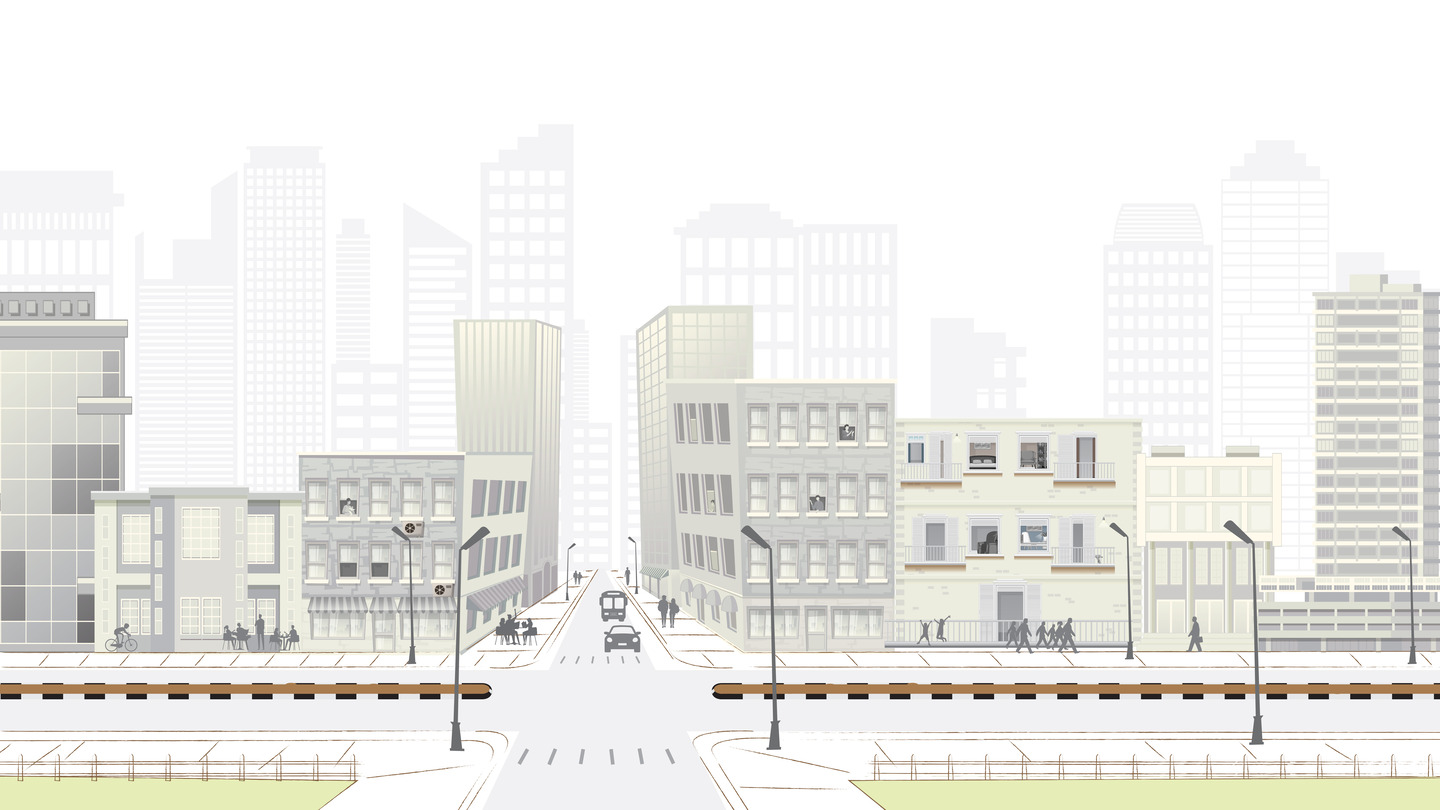
Clean Air
Air pollution is mitigated both at source of generation and point of use in cities.
+
Sustainable cooling avoids generation of coal-based electricity and mitigates air pollution at source.
Coal-based electricity is a key air pollution source in India. Coal power plants account for emission of 30% of nitrogen oxides, 50% of sulfur dioxides and significant particulate matter nationally. India also has the highest social cost of carbon emission globally, estimated at USD 86 per tonne of CO2. Air pollution in India caused 1.67 million deaths in 2019. This is about 17.8% of total deaths in the country. Of these, 0.98 million are directly attributable to ambient particulate matter, caused by coal burning, vehicular emissions, etc.
+
Nature based cooling with trees decreases air pollution in cities.
Trees and vegetation, of specific types, remove gaseous air pollutants (nitrogen dioxide, carbon monoxide, sulphur dioxide) by absorbing them and particulate matter through deposition on leaves. Urban forests, street trees, vertical greenery, green roofs, and parks with tree canopies reduce temperature by 1-4 °C. Emissions of certain pollutants is also temperature-dependent and urban vegetation also slows pollution by lowering urban temperatures.
Learn more:
Climate Change Mitigation
Fossil-based energy use and resultant GHG emissions responsible for climate change are minimized.
+
Sustainable cooling mitigates climate change by reducing use of coal-powered electricity and in turn, GHG emissions.
Nearly 50% of electricity in India is still produced from coal notwithstanding the appreciable speed of transition to renewable sources. Every kilowatt hour or ‘unit’ of electricity produced from coal emits 0.85 kilogram of CO2. Warmer cities, unless cooled sustainably, will lead to greater demand for electricity to run air-conditioning and escalate emissions. Energy efficient and passive cooling in buildings can avoid these emissions substantially.
+
Urbanization, in addition to global warming, will enhance need for cooling.
Only 10% of Indian households own air-conditioning presently. Modeling in India Cooling Action Plan predicts that this will surge exponentially because of rising heat, higher incomes, and urbanization. Urban population is expected to increase to become 40% of the total by 2030 and will push the need for greater volume of buildings and urban infrastructure. Switching to low-emissions cooling is necessary to reach India’s national goal of becoming Net Zero Emissions by 2070.
Learn more:
Energy Savings
Electricity consumption and bills are reduced.
+
Passive and nature-based cooling reduces the need for air-conditioning and saves energy bills.
Sustainable cooling reduces electricity demand upto 30-50%. Passive cooling alone can save up to 50% of the building lifecycle energy consumption. It reduces indoor and outdoor temperatures without switching electricity-dependent air-conditioning or other forms of mechanical cooling. It allows users to run ACs on higher setpoints; iincreasing AC temperature setpoint by a degree saves about 3-5% electricity.
+
Sustainable cooling, especially passive, protects urban low-income households suffering from energy poverty.
Poor households globally spend a greater proportion of their incomes on energy than wealthier ones. Electricity bills of slum dwellers in Indian metropolises can be equivalent to 10-30% of monthly incomes. Energy poverty kicks in, as despite good access to energy, families scale back consumption even for essential needs because of unaffordability. About 28-30% of urban Indian households are energy poor i.e. they cannot afford to use energy required for basic tasks such as lighting and cooking. Passively cooled buildings and energy efficient cooling appliances help families experiencing energy poverty to gain protection from heat.
+
Passive and nature-based cooling has minimal or near-zero operation costs and could be most beneficial for users unable to afford cooling equipment.
Most passive cooling measures have a 2-5% incremental cost which can be recovered typically between 2-7 years. Need for active cooling with appliances is also reduced once these are integrated in buildings. The average life of a building in India is between 65 to 70 years, which gives ample time to reap monetary savings and benefits of normal productivity even during periods of extreme heat.
Learn more:
Health, Comfort, and Inclusivity
Health and comfort, especially for the poor, is protected during extreme heat conditions.
+
Rising urban temperatures will heat aggravates illness and causes fatalities.
Public health experts have projected heat waves turning into a public health challenge, especially for the elderly, women, children and economically weaker. About 6,000 people lost their lives from heat stress between 2011 and 2018. Heat stress related deaths could increase to 1.5 million people annually by 2100. Diabetes, circulatory and respiratory issues intensify from extreme temperatures.
+
Economically vulnerable experience higher heat stress and suffer disproportionately.
About 17% of the 460 million urban Indians live in informal settlements. Multiple studies point to higher heat indexes in dense, informal localities in cities. Temperatures measured in Dharavi slums of Mumbai and informal colonies of Ahmedabad were about 6 °C and 7.6 °C higher than those in city’s formal housing complexes. Elderly slum dwellers in Kolkata were 4.3 times more likely to experience dangerous heat levels compared to elderly rural residents as per a 2022 study co-authored by Indian Statistical Institute. Poor ventilation and lack of green spaces in densely packed houses, and, choice of construction materials is responsible for this gap. Housing of the poor is mostly self-constructed without guidance from architects or engineers and not governed by national or local regulations for heat resilience. Thermal comfort through active cooling is expensive and mostly unaffordable for low-income households.
+
Reduce the gender disparity in exposure to heat stress
Women suffer disproportionately from heat stress. Gender differences in physiological and psychological perceptions of cooling and thermal comfort are pronounced. The former feel cooler quicker than men. Recovery time from heat related health issues is longer for women. Gender inequalities can multiply from inequalities in access to cooling. Gender-based roles often force women to work outside in the sun (e.g. outdoor cooking) and wear clothing unsuitable for hot weather. Pregnant women are more susceptible to heat waves because of higher core body temperatures during pregnancy.
Learn more:
Climate Change, Heat Waves and Thermal Comfort—Reflections on Housing Policy in India Cool Coalition
Productivity
Disruption of worker output, especially in jobs involving heavy manual or outdoor work, is prevented.
+
Heat stress causes productivity losses.
Globally, workers in developing countries lose 5% of their pay on hot days and productivity declines by 2% for every degree rise in temperature beyond 25 °C. International Labour Organization estimates that worker performance in physically demanding jobs can decline by 50% at 33-34 °C. Global warming and resulting heat stress will reduce productivity. This loss will be more acute in warmer, developing countries accentuating inequalities between low- and high-income countries.
+
Productivity loss in India from extreme heat will be pronounced.
Working hours could decline by about 5.3% in South Asia by 2100 because of extreme heat as per International Labour Organization. India lost nearly 75,000 million labor hours in 2017 compared to 43,000 million in 2000 from heat, an increase of 75% in two decades. World Bank studies predict that India may lose 34 million jobs and nearly 5% of its GDP by 2030.
Research in Indian factories indicate absenteeism at workplace increases by 5% for every degree rise in average temperatures. Factory output falls by 4-8% for every degree hike beyond 27 °C. Air-conditioning controls productivity losses but its application is limited because of high costs.
+
Indian informal sector workers are a majority and more risk prone.
The informal sector employs 90% of India’s workforce and contributes to nearly half of the gross domestic product. Outdoor or heavy manual work is common in unorganized sector jobs and the interior workplace conditions are usually lacking in cooling measures. Significant number of informal workers are already reporting productivity losses with exhaustion and hospitalization from extreme heat identified as main causes.
Learn more:
Urban Heat in South Asia: Integrating People and Place in Adapting to Rising Temperatures
Occupational Heat Stress Profiles in Selected Workplaces in India
Resilient Power Grid
Power grid stability and cost-effectiveness is enhanced by minimizing both peak and average power demand.
+
Grid congestion and power outages in summer are reduced.
Air conditioning in residences accounts for 40-50% of the peak power demand in urban areas during summers. National power grid is presently unable to meet 1-2% of summer peak. Rising frequency of heatwaves will also exacerbate the situation. Congestion in the grid because of inadequate capacity to supply larger volumes leads to power outages. Distribution companies are also frequently unable to purchase adequate power.
+
Saves power generation and distribution system infrastructure costs.
Costs of installing additional power generation capacity to meet growing cooling demand is avoided. Installing 1 megawatt of thermal power generation capacity costs about INR 7 crores. Distribution companies also have to invest in enhancing transmission infrastructure and can avoid upto INR 2 crores for each megawatt of peak power demand.
Sustainable Cooling
Sustainable cooling strategies and machines emit less greenhouse gases (GHG) by reducing the energy required for cooling.
+
Sustainable Cooling
Passive cooling refers to building design and construction material choices that reduce
heat gain into interiors or remove heat from inside. Electrical equipment and energy to
cool are minimized because interior spaces are less warm. Methods include
• reduce heat gain through construction materials that are poor conductors but good reflectors of heat
• transfer heat from building interior to natural heat sinks (water, air and earth)
• limit heat gain by avoiding exposure of buildings to sun
+
Nature-based cooling
Cooling indoors and outdoors with water and vegetation. It is achieved through the process of evaporation from water. Trees reduce local temperatures through evapotranspiration (transpiring water through leaves), shading i.e. blocking solar radiation and its absorption and changing wind direction to improve heat dispersion.
+
Energy-efficient cooling machines
Equipment (fans, coolers, air-conditioners, and larger equipment such as chillers) that use minimum electrical energy in cooling building interiors. Capacity to remove heat with each unit of electricity used is high for energy efficient machines.
Cooling Benefits
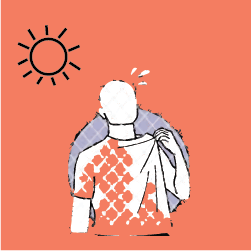
Comfort

Productivity
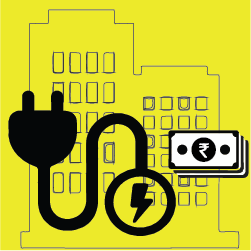
Energy Savings
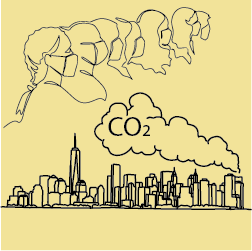
Clean Air
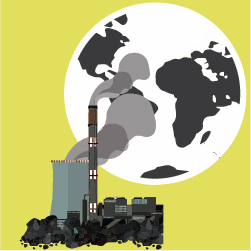
Climate Change
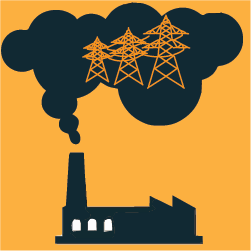
Resilient Grid
Contact Us
1st and 2nd Floor, National Institute of Urban Affairs
India Habitat Centre Lodhi Road New Delhi-110003
Please Call Help Desk at 011-411-86699
Monday - Friday, 9:00 AM - 5:00 PM
Please write to us at c-cube@niua.org

